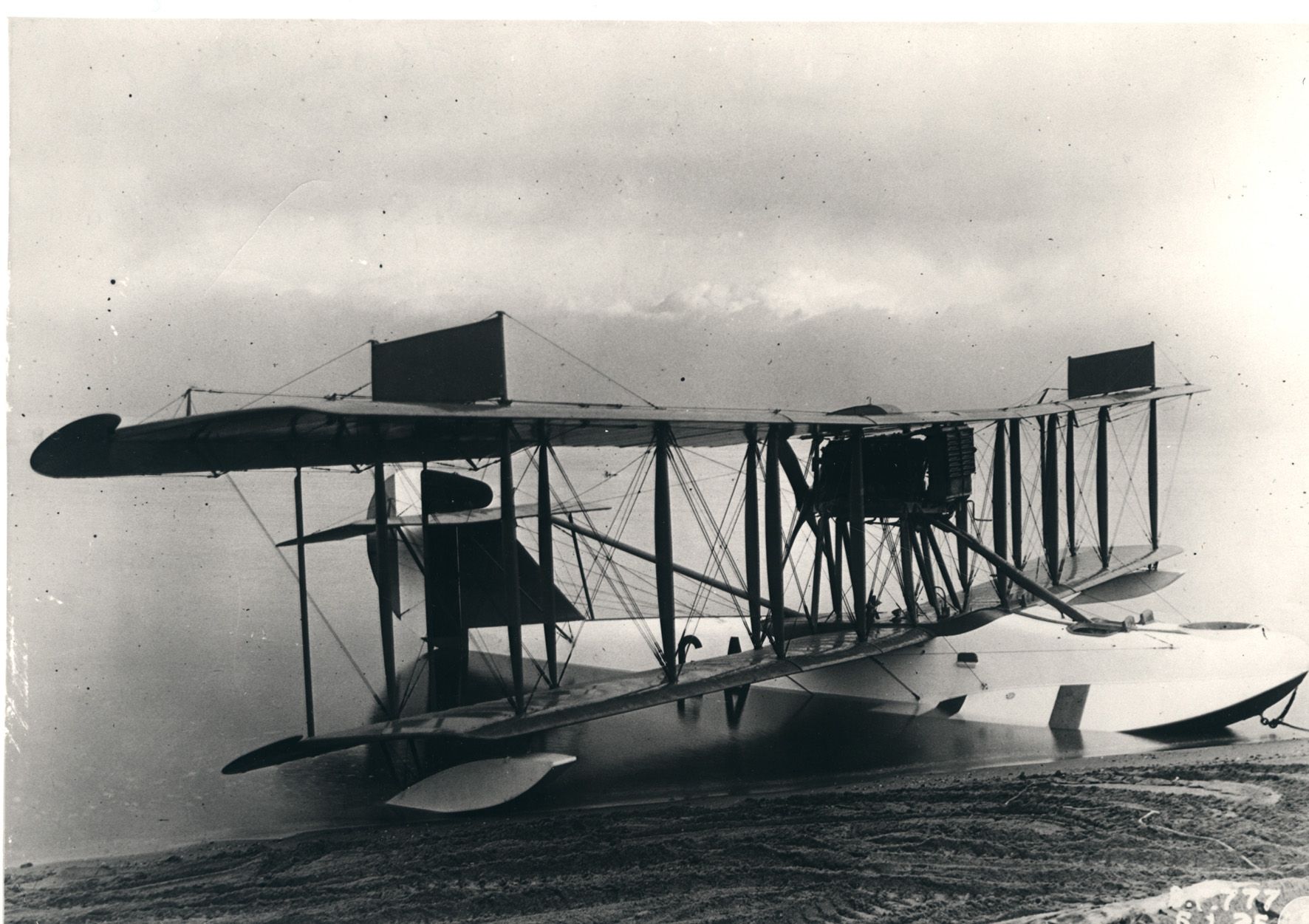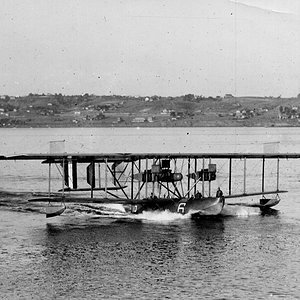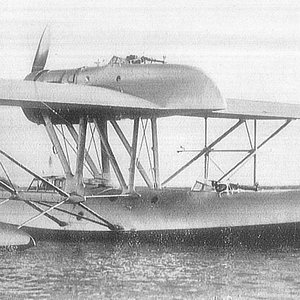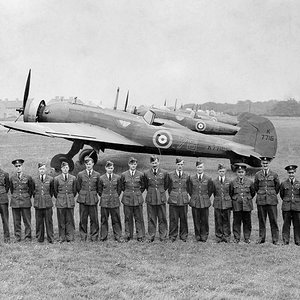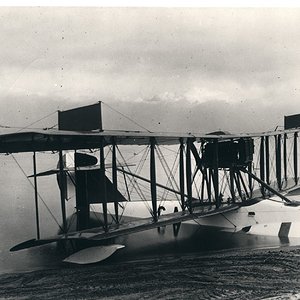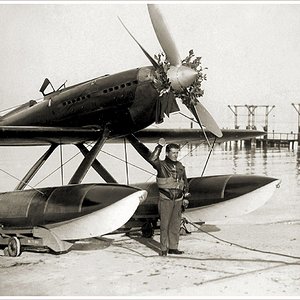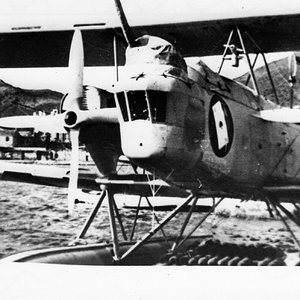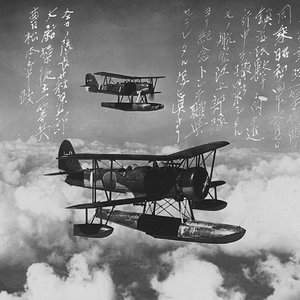Navigation
Install the app
How to install the app on iOS
Follow along with the video below to see how to install our site as a web app on your home screen.
Note: This feature may not be available in some browsers.
More options
You are using an out of date browser. It may not display this or other websites correctly.
You should upgrade or use an alternative browser.
You should upgrade or use an alternative browser.
Vickers Viking IV top
The Vickers Viking IV was the first amphibian aircraft to be used in Canada and was the first aircraft purchased by the Canadian government after the First World War. Seeking to replace the Curtiss HS2-L, the government chose the Viking IV in 1923. Vickers in the United Kingdom built two and shipped them to Canada, while its Canadian subsidiary set up an aircraft manufacturing plant and built the remaining six in Canada.
The Viking IV was designed to carry five persons; however, the government, as a matter of economy, chose to install a 375 horsepower Rolls Royce Eagle engine instead of the designed 450 horsepower Napier Lion. The RCAF's Vikings could therefore carry only three people. The aircraft also sported a mahogany hull, which required that the aircraft be pulled out of the water each night and its hull oiled. Used primarily for aerial photography in RCAF service, Vikings operated from western Ontario into Saskatchewan in this capacity. Because of the limited carrying capacity of the aircraft, the crew often had to live off the land. The aircraft were also used for customs and fisheries patrols off the west coast and for forest protection. The last RCAF Viking was struck off strength in 1931.
There was also one civilian Viking IV in Canada. Laurentide Air Services purchased aircraft G-CAEB in June 1922 after which it had an interesting history. Roy Grandy flew the aircraft on a 1400 km flight in 1924 to deliver Treaty Money to aboriginals along the west shore of James Bay, taking several days to complete what had previously required weeks. G-CAEB was also used in 1925 to fly prospectors to various sites in northern British Columbia and Yukon, using Dease Lake as a base, thereby becoming the first aerial mineral exploration in northwest Canada. The aircraft was destroyed in September 1932 when a fuel line broke while airborne. The pilot landed safely in the Strait of Georgia and he and the occupants successfully evacuated the plane.
The Vickers Viking IV was the first amphibian aircraft to be used in Canada and was the first aircraft purchased by the Canadian government after the First World War. Seeking to replace the Curtiss HS2-L, the government chose the Viking IV in 1923. Vickers in the United Kingdom built two and shipped them to Canada, while its Canadian subsidiary set up an aircraft manufacturing plant and built the remaining six in Canada.
The Viking IV was designed to carry five persons; however, the government, as a matter of economy, chose to install a 375 horsepower Rolls Royce Eagle engine instead of the designed 450 horsepower Napier Lion. The RCAF's Vikings could therefore carry only three people. The aircraft also sported a mahogany hull, which required that the aircraft be pulled out of the water each night and its hull oiled. Used primarily for aerial photography in RCAF service, Vikings operated from western Ontario into Saskatchewan in this capacity. Because of the limited carrying capacity of the aircraft, the crew often had to live off the land. The aircraft were also used for customs and fisheries patrols off the west coast and for forest protection. The last RCAF Viking was struck off strength in 1931.
There was also one civilian Viking IV in Canada. Laurentide Air Services purchased aircraft G-CAEB in June 1922 after which it had an interesting history. Roy Grandy flew the aircraft on a 1400 km flight in 1924 to deliver Treaty Money to aboriginals along the west shore of James Bay, taking several days to complete what had previously required weeks. G-CAEB was also used in 1925 to fly prospectors to various sites in northern British Columbia and Yukon, using Dease Lake as a base, thereby becoming the first aerial mineral exploration in northwest Canada. The aircraft was destroyed in September 1932 when a fuel line broke while airborne. The pilot landed safely in the Strait of Georgia and he and the occupants successfully evacuated the plane.

